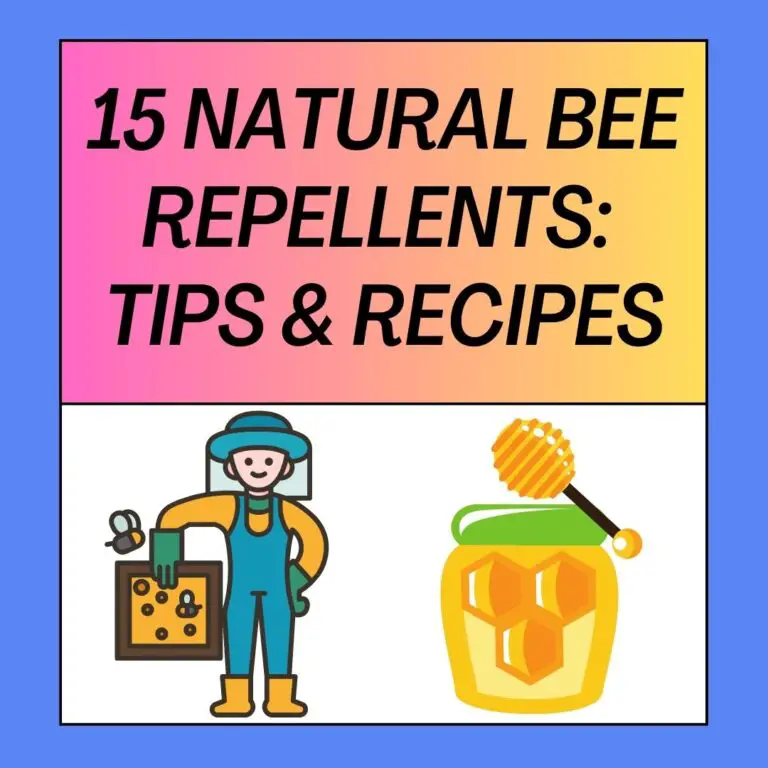
When it comes to beekeeping, one of the critical decisions you’ll need to make is how many brood boxes to use in your beehive. The number of brood boxes can significantly impact the health and productivity of your bee colony. In this comprehensive guide, we’ll explore the factors that influence the choice of brood box quantity, the pros and cons of different configurations, and tips for managing your hive effectively.
Understanding the Brood Box
Before delving into the specifics of how many brood boxes your hive should have, let’s first understand what a brood box is and its primary function in a beehive.
What is a Brood Box?
A brood box is a specialized section of a beehive designed primarily for brood rearing. Brood refers to the eggs, larvae, and pupae of bees. It’s where the queen bee lays her eggs, and worker bees nurture and care for the developing brood. The brood box provides a controlled environment for this essential process in the bee colony’s life cycle.
Components of a Brood Box
A typical brood box consists of the following components:
- Frames: These are rectangular structures within the brood box that hold the wax foundation where bees build comb and rear brood.
- Wax Foundation: Thin sheets of beeswax imprinted with a hexagonal pattern. Bees use these foundations as a starting point to build comb and store honey and pollen.
- Worker Brood Cells: These cells are smaller and shallower than drone cells. Worker brood cells are where the queen lays fertilized eggs, which develop into worker bees.
- Drone Brood Cells: Larger and deeper than worker brood cells, drone cells are where the queen lays unfertilized eggs that develop into male bees (drones).
- Honey and Pollen Storage: While the primary purpose of the brood box is for brood rearing, it also contains cells for storing honey and pollen, which serve as food for the colony.
Now that we have a clear understanding of what a brood box is let’s move on to the critical question: How many brood boxes should you use in your beehive?
Factors Influencing the Number of Brood Boxes
The number of brood boxes you should use in your hive depends on several factors, including the type of bees you’re keeping, the climate in your region, and your beekeeping goals. Here are the primary factors to consider:
1. Bee Species
The most commonly kept bee species in beehives are the Western honeybee (Apis mellifera). However, there are numerous subspecies of honeybees, and they can have varying requirements regarding the number of brood boxes.
For example, Italian honeybees tend to have smaller winter clusters and may require fewer brood boxes. Carniolan honeybees, on the other hand, tend to build larger winter clusters and may benefit from additional brood boxes.
2. Hive Size
The size of your beehive plays a crucial role in determining the number of brood boxes. Beehives come in different sizes, including 8-frame and 10-frame hives. The choice of hive size can impact how many brood boxes you should use. For instance, a 10-frame hive typically accommodates more bees and frames than an 8-frame hive, which may affect the number of brood boxes needed.
3. Climate
The climate in your region significantly affects bee colony management. In colder climates, bees need to store more honey to survive the winter, which can influence the number of brood boxes required for sufficient honey storage. In contrast, in milder climates, bees may require fewer brood boxes for winter preparations.
4. Forage Availability
The availability of nectar and pollen sources in your area also plays a role. If there is an abundance of forage throughout the year, your bees may need fewer brood boxes because they can collect food more easily. Conversely, in areas with limited forage, bees may require additional brood boxes to store enough food.
5. Beekeeper Goals
Your goals as a beekeeper can also determine the number of brood boxes you use. If you aim to maximize honey production, you might opt for more brood boxes to accommodate larger colonies. Conversely, if your goal is to maintain smaller colonies for easier management, you may use fewer brood boxes.
Common Configurations for Brood Boxes
Beekeepers use several configurations for brood boxes based on the factors mentioned above. Here are some common setups:
Single Brood Box
A single brood box is a common configuration, especially for beginners and in regions with milder climates. It consists of one brood box where the queen lays eggs, and worker bees raise brood. The single brood box also contains frames for storing honey, pollen, and additional brood.
Pros:
- Simplicity: Easier to manage for beginners.
- Cost-effective: Requires fewer boxes and frames.
Cons:
- Limited space: May not provide enough room for larger colonies.
- Overcrowding: Bees can become overcrowded during the nectar flow.
Double Brood Box
A double brood box setup includes two brood boxes stacked on top of each other. The queen primarily lays eggs in the lower brood box, while the upper brood box serves as additional space for brood rearing and food storage.
Pros:
- More space: Allows for larger colonies.
- Overwintering: Provides ample honey stores for winter survival.
Cons:
- Heavier: Can be heavier to lift during inspections.
- Cost: Requires more equipment.
Brood and a Half
The brood and a half configuration combines a single brood box with a shallow super (honey super) placed on top. This setup offers more space for brood rearing while allowing for honey storage in the shallow super.
Pros:
- Balanced: Provides space for both brood rearing and honey storage.
- Versatility: Allows beekeepers to adapt to changing colony needs.
Cons:
- Complexity: Requires managing two different box types.
- Cost: Involves additional equipment.
Multiple Brood Boxes
In regions with harsh winters or when beekeepers aim for exceptionally large colonies, multiple brood boxes can be used. This setup consists of three or more brood boxes stacked on top of each other. The queen primarily lays eggs in the lower boxes, while the upper boxes house brood and food stores.
Pros:
- Cold resistance: Helps colonies survive harsh winters.
- Large colonies: Accommodates extensive bee populations.
Cons:
- Heavy: Difficult to manage due to the weight of multiple boxes.
- Honey management: Requires careful honey extraction to prevent taking too much from the colony.
Nuc Box Transition: A nucleus (nuc) box is a smaller hive used for starting a new colony. After a colony outgrows a nuc box, beekeepers often transfer it into a full-sized brood box or boxes.
Supers for Honey: In addition to brood boxes, beekeepers add honey supers, which are boxes that exclusively store surplus honey. These are placed above the brood boxes when honey production is the goal.
Tips for Managing Brood Box Quantity
Now that you understand the factors influencing the number of brood boxes and common configurations, here are some tips for effectively managing brood box quantity:
- Monitor Bee Population: Regularly inspect your hive to assess the bee population and colony strength. This can help you determine if additional brood boxes are needed or if you can consolidate frames.
- Be Prepared for Seasonal Changes: Recognize that the number of brood boxes needed can change throughout the year. Be prepared to add or remove boxes as the colony’s needs evolve with the seasons.
- Consider Hive Health: The health of your colony should always be a priority. If you notice signs of disease or pests, address these issues promptly, as they can impact the colony’s ability to utilize brood boxes effectively.
- Consult Local Beekeepers: Seek advice from experienced local beekeepers who are familiar with the specific conditions in your area. They can provide valuable insights into the optimal number of brood boxes for your region.
- Keep Records: Maintain detailed records of hive inspections, including observations about colony strength, honey stores, and brood patterns. These records can help you make informed decisions about brood box management.
Conclusion
The number of brood boxes your beehive should have is a critical consideration for successful beekeeping. It depends on factors like bee species, hive size, climate, forage availability, and your beekeeping goals. Understanding these factors and choosing an appropriate configuration, whether single, double, brood and a half, or multiple brood boxes, is essential for maintaining healthy and productive bee colonies. Regular hive inspections and consultations with experienced beekeepers can help you make informed decisions about brood box quantity and ensure the well-being of your bees.






